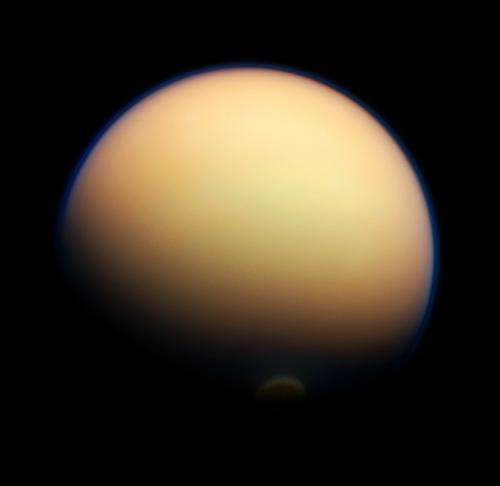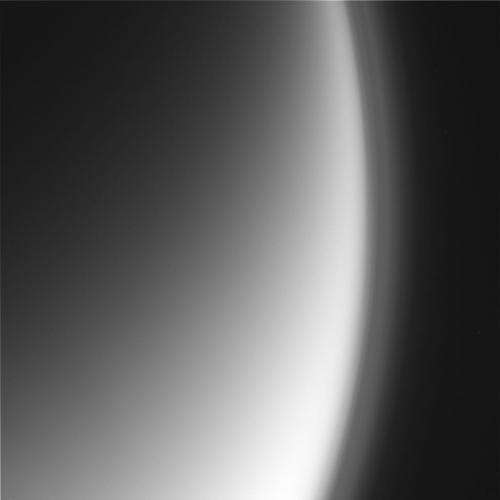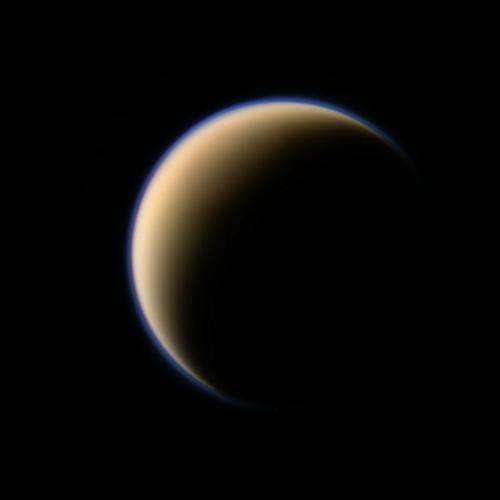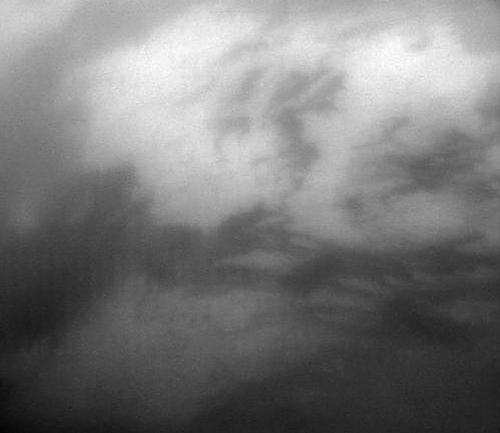Titan shines in latest Cassini shots

Last Thursday, November 29, Cassini sailed past Titan for yet another close encounter, coming within 1,014 kilometers (603 miles) of the cloud-covered moon in order to investigate its thick, complex atmosphere. Cassini's Visible and Infrared Mapping Spectrometer (VIMS), Composite Infrared Spectrometer (CIRS) and Imaging Science Subsystems (ISS) instruments were all busy acquiring data on Titan's atmosphere and surface… here are a couple of color-composites made from raw images captured in visible light channels as well as some of the more interesting monochrome raw images. Enjoy!

These images have not been validated or calibrated by NASA or the mission team.


More information: Read more about the T-88 flyby .
Source:





















